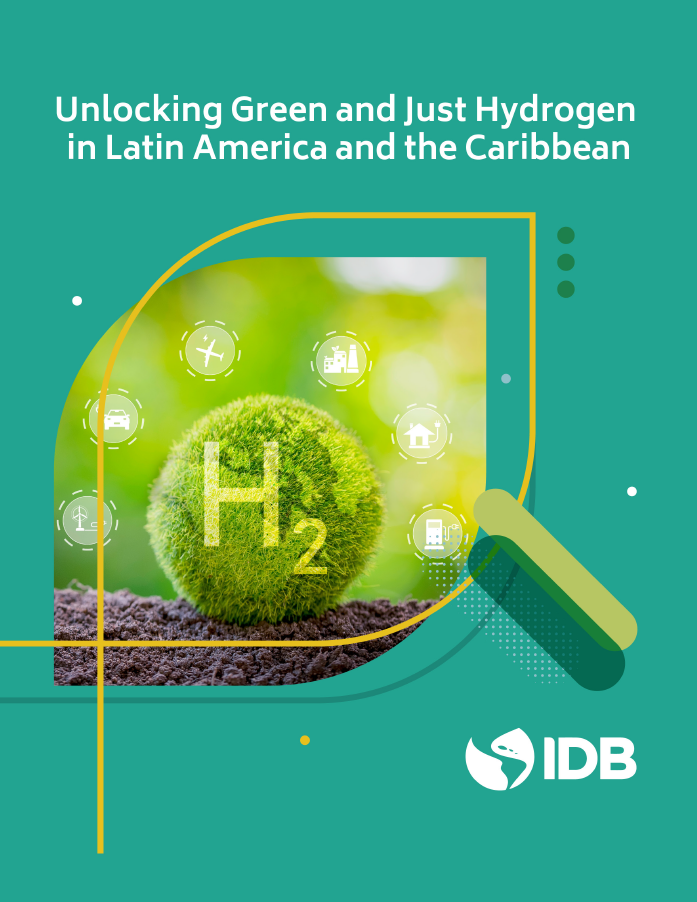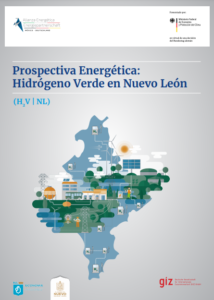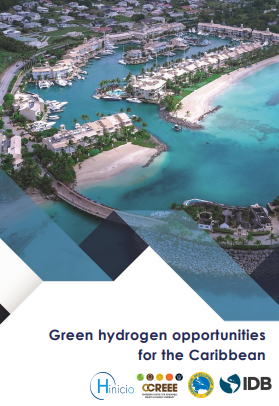At the 4th International Hydrogen Congress held in Bogotá, Colombia, Pilar Henríquez, Manager at Hinicio and Leader of the Sustainable Transport Area, explored the role of ports as hydrogen hubs and their potential to accelerate the decarbonization of multimodal logistics chains. Her presentation shed light on the main challenges and opportunities facing ports—particularly in Latin America — as they strive to position themselves as sustainable energy hubs.
Logistics and the movement of goods pose a major challenge in the fight against climate change, particularly due to the reliance on transport modes that are difficult to decarbonize. Currently, global maritime transport emits over 700 million tonnes of CO₂ equivalent each year—representing 5% of global fossil fuel demand and nearly 3% of total CO₂ equivalent emissions.
Without decisive action, emissions from maritime transport are projected to increase by 16% between 2018 and 2030, and by up to 50% by 2050.
In this context, and as hydrogen derivative export projects gain momentum across the region, ports have the potential to play a key role as hydrogen hubs—evolving beyond their traditional function as logistical nodes. They can become sustainable energy centers, driving the transition toward lower-carbon logistics chains. This includes supplying clean energy—whether in the form of electrons or molecules—to various players in the logistics sector, enabling the decarbonization of ships, freight trucks, port equipment operations, and personnel transport.

4th International Hydrogen Congress Colombia – Source: Asociación Hidrógeno Colombia
At Hinicio, we have outlined a series of key recommendations to help ports in Latin America and the Caribbean play a central role in climate action and in advancing the hydrogen economy across the region:
- Establish a long-term strategic vision with clear objectives, a well-defined roadmap, and a strong commitment to climate action. This vision should detail how the port plans to reduce its Scope 1 and 2 emissions, while also enabling the energy transition to address Scope 3 emissions.
- Align port strategies with regulatory frameworks and sectoral policies, including Nationally Determined Contributions (NDCs), alternative fuel roadmaps, and international regulations—while also addressing the growing demand from clients committed to decarbonizing their logistics chains.
- Foster public-private partnerships to support early-stage pilot projects—such as deploying hydrogen-powered trucks on high-demand routes, retrofitting port logistics equipment, and establishing hydrogen refueling stations (HRS). It is essential to align the interests of all stakeholders, while also being able to assess, monitor, and communicate the benefits throughout the implementation and scaling of these pilot projects.
- Prepare for the supply of alternative fuels for the maritime industry by defining a clear position on the potential development of infrastructure for bunkering ammonia, methanol, and other alternative fuels. In the short term (by 2030), highly regulated markets—such as the European market—present a strategic opportunity for the region, both due to the export potential of hydrogen and its derivatives, and the existence of regulations that impact GHG emissions from maritime transport on routes destined to Europe.
At Hinicio, we leverage our expertise in hydrogen, transportation, and regulation to help ports and maritime stakeholders chart a clear and effective path toward the energy transition.
Contact us to dive deeper into these opportunities and learn more about our Sustainable Transport consulting expertise.







